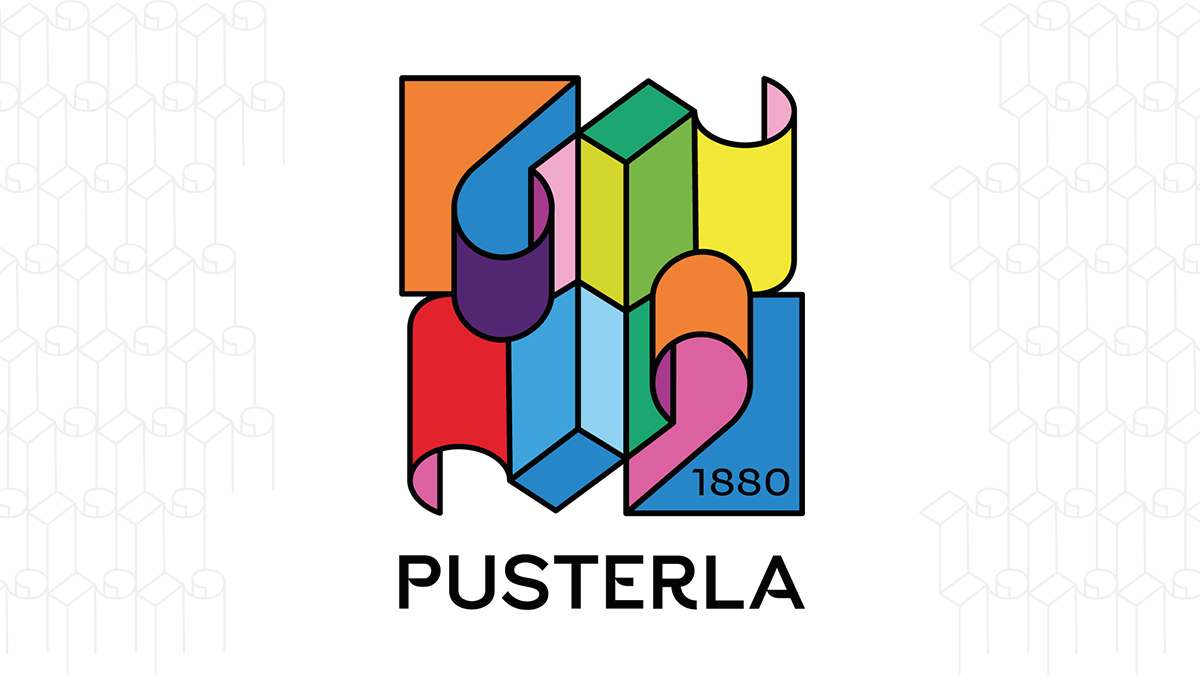Deboss vs Emboss: Understanding the Difference
When it comes to adding texture and dimension to printed materials, two popular techniques stand out: debossing and embossing. These processes can elevate the look and feel of everything from business cards to book covers, making your design stand out—literally. But what do these terms actually mean, and how do you decide which is best for your custom packaging project? In this post, we’ll dive into the deboss vs emboss debate, explore the debossed meaning, and help you understand the differences between embossed vs debossed finishes.
What Is Embossing?
Embossing is the process of creating a raised image or text on the surface of a material. This is achieved by pressing the material between a pair of dies—one that pushes the material up and another that forms the shape. The result is a design that stands out from the surface, giving a tactile and visual effect.
Embossing can be applied to paper, leather, fabric, and even metal. It’s commonly used on custom packaging to emphasize logos, names, or decorative patterns.
What Is Debossing?
Debossing, on the other hand, involves pressing a design into the surface of the material so that the image or text is indented rather than raised. Like embossing, debossing is achieved using dies, but instead of creating a raised impression, the material is pressed down.
It’s a great choice if you want a more subtle, refined finish.
Emboss vs Deboss: Key Differences
Now that we’ve covered the basics, let’s directly compare emboss vs deboss to help you decide which technique might work best for your custom packaging project.
- Visual Appearance:
- Embossing creates a raised impression, making the design stand out physically and visually.
- Debossing creates a sunken design, offering a more subtle and less prominent effect.
- Tactile Experience:
- With embossing, you can feel the raised areas as you touch the material, which adds to the luxurious feel of a product.
- Debossing provides an indented texture, which can feel sleek and understated to the touch.
- Design Impact:
- Embossing is perfect for designs where you want the text or logo to stand out and make a bold statement.
- Debossing is ideal for projects that require a more minimalist, refined look, where the focus is on subtle elegance.
- Customization Options:
- Both embossed and debossed finishes can be enhanced with additional design elements like foil stamping or ink.
- However, debossed designs tend to look better when left uncolored, allowing the texture itself to take center stage.
Whether you choose to emboss or deboss, understanding the differences between these two techniques will help you create more visually striking and tactilely engaging designs. Remember, embossed vs debossed isn’t just a matter of style—it’s about finding the right method to reflect the message and tone of your project.
